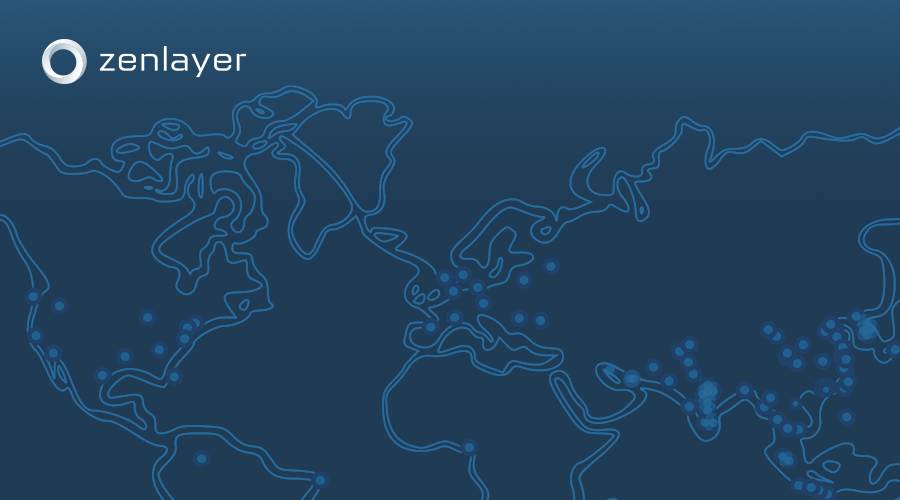Data centers are like cars. No, really, hear me out. There’s always something exciting about buying a new car. It’s easy to spend hours checking out pricing, what updated features are available, designing the interior and exterior so it’s how you like it – and, most importantly, ensuring it’s available for order or pickup at the dealership. Just like researching the latest features and available gadgets on a new car, you’ll want to have your ducks neatly in a row should you decide to dive into any data center services in Myanmar.
With the government opening up the telecom market in 2013, Myanmar’s infrastructure is rapidly growing to support an expanding mobile economy and leverage increasing network infrastructure connecting the major cities. The average growth rate for the telecom industry in Myanmar is 6-12%; high compared to other developing Asian markets.
The data center market in Myanmar is modest, with just a handful of available data centers. However, even with limited infrastructure there are multiple service providers offering colocation and managed hosting. The biggest service providers are GTMH Telecom, True IDC, NTT, True Internet, and Myint & Associates.
You’ll definitely want to do some research before trying to secure server space. Though colocation opportunities aren’t nonexistent, server availability may be limited. For the best connection speeds, seek a data center in a major metro area. These areas are the biggest part of the country’s internet connectivity boom.
Increasing infrastructure connections
Myanmar internet infrastructure is still fairly young – the first connections were established in 2000. Most internet providers are based in Myanmar’s major cities, Yangon and Mandalay. The country’s main Internet Exchange Point is located in Yangon and operated by the MMIX Association.
Myanmar greatly accelerated internet adoption and growth with its 2013 Telecommunications Law. This motion, drafted by the government, was a first step towards creating national broadband infrastructure and developing communications capable of supporting a mobile-first economy and widespread connectivity.
The law increased mobile network adoption over the last seven years and efforts for network hardware have resulted in top-ranking 4G network speeds in Myanmar that keep pace with neighbors such as Thailand, Indonesia, and Malaysia.
In addition to increased data center infrastructure, there are initiatives to expand network hardware and bring more local connections into the country. 2017 brought a fair amount of fiber-optic network expansion to homes in Myanmar in both Yangon and Mandalay. Interest in fiber-optic has continued to grow. Service provider Myanmar Information Highway debuted a network business offering with speeds of 100 Gbps within major buildings and townships in Yangon.
Getting up to speed
When it comes to overall speed, Myanmar has better mobile connectivity than fixed broadband. Average speeds are 24.61 Mbps download/17.72 Mbps upload for mobile users, and 18.40 Mbps download/17.65 Mbps upload with a fixed broadband connection. This isn’t a surprise when you consider the majority of users access the internet via mobile phones.
4G is a newer offering in Myanmar, but the speeds are fairly similar among the country’s main providers, Myanmar Post and Telecommunications (MPT), Telenor, and Ooredoo. With an average download speed of more than 28 Mbps, those connected to an LTE network have a faster user experience.
To improve cross-boundary connectivity, telecom provider NTT has launched a project to connect more undersea cables to the region. In its latest push, the infrastructure is hoped to increase data speeds and provide new connections to Taiwan and India.
Mobile as a main internet adoption device
Internet adoption in Myanmar is still low compared to the rest of Southeast Asia, which boasts a total of 360 million users. In Myanmar, about 41% of the population – approximately 22 million people – is currently connected to the internet. This number is steadily increasing, with a 4.8% annual growth rate, which equates to about a million users a year.
Mobile phones are the primary connection device for the population of Myanmar, with 55% of internet users using their phones to get online. Laptops and desktops are in second place at 44%. Top applications are a mix of social networks, mobile gaming, and content sharing tools. Examples include Clash of Clans, Mobile Legends, Pro Evolution Soccer, Tik Tok and Zangi.
Because of Myanmar’s push to develop a mobile-first, digital economy, the year-over-year adoption of mobile device connections is high at 18% (about 10 million users) from 2019 to 2020.
A market full of potential
Myanmar is still a very young market for data centers and telecommunications, but one bustling with potential for IT service providers. After years as the largest untapped market in Southeast Asia, telecom and internet service providers are now quickly developing localized, fast, and redundant connections in the country.
Interested in being on the forefront of the Myanmar wave? Zenlayer Edge Data Center Services can make that happen faster and more easily than you’d believe possible. Whether you’re connecting offices, reaching a new gaming market, or want to improve your online users’ digital experiences, Zenlayer has got your back. Contact a representative today.







